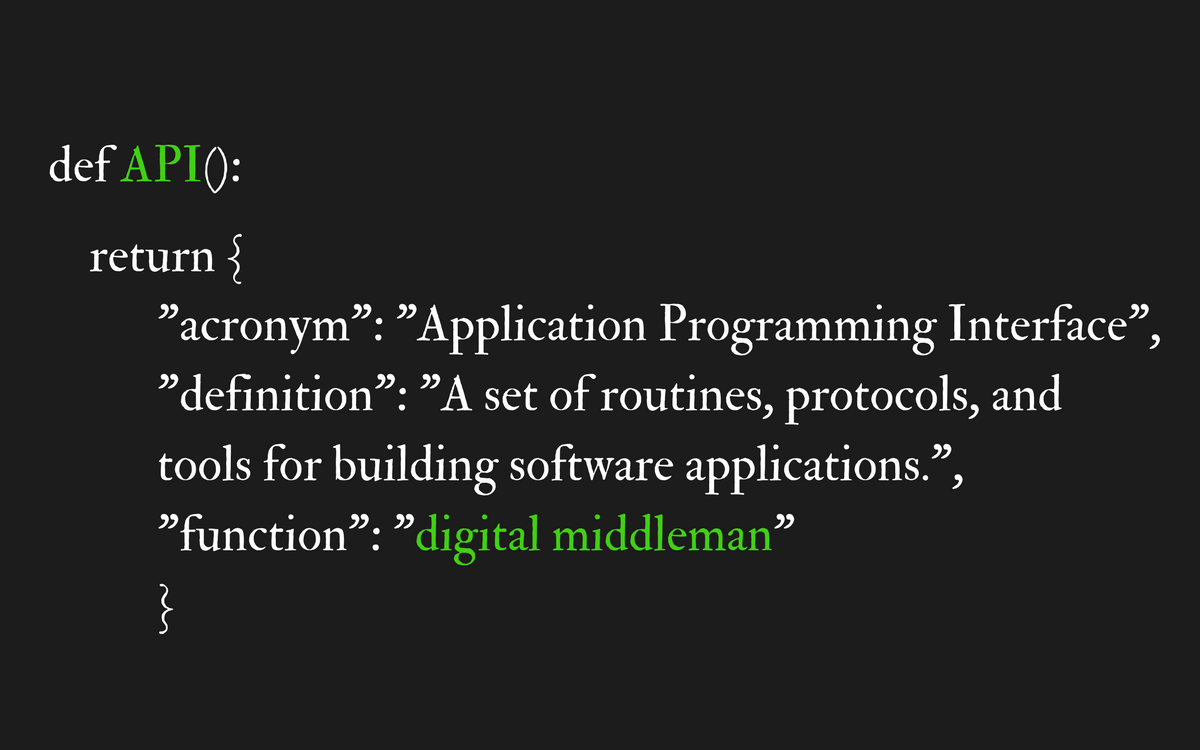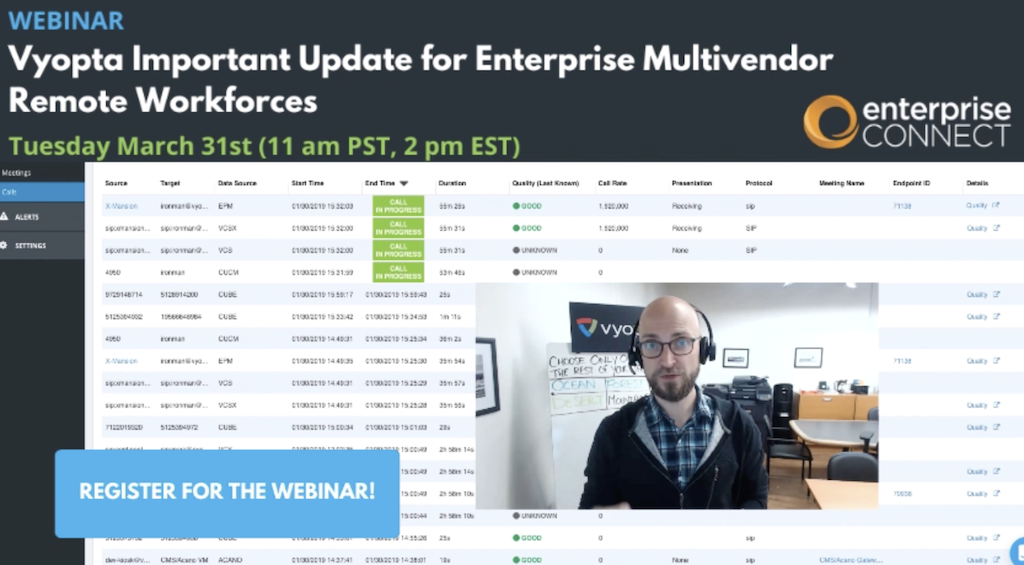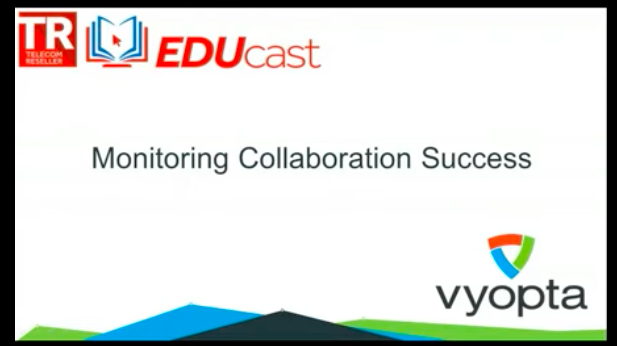We continue our series on collaboration amid the COVID-19 outbreak with a look at how distance learning is unfolding in higher education. For a look at the effects on K-12, review our article, Distance Learning in K-12 Institutions Amid COVID-19 Outbreak.
Thanks to the impact of COVID-19, or coronavirus, what had been a spring break with no end has turned into a transformational moment for colleges and universities of all sizes.
With the likelihood increasing that many higher education institutions won’t return to normal in-person classes for the remainder of this academic year, IT departments and instructors all over the country are grappling with how to scale up their distance learning capabilities to serve entire student populations instead of just a small group of them.
The rapid restructuring of how distance learning can be delivered – perhaps at scale going forward for good in many cases – makes the data that Vyopta provides important for administrators looking to learn how well classes are being delivered, if there are performance issues affecting lesson quality, and what levels of attendance and engagement are being achieved.
Kjierstin Layton, a global account manager for state level education data for Vyopta, said technical staff at colleges and universities need data on engagement to prove new delivery structures to dispersed students can work, while also preserving the effectiveness of established distance learning formats created to serve many students gathered in a single location.
“The higher ed space is having a different kind of difficulty right now, and that that’s how are they going to prove that these students got to the resources they’re expecting to receive,” she said. “Both of higher education and K-12 entities are now of trying to figure out how do we change what we’ve got going on and how do we make sure we’re still servicing the traditional environments while we can also breaking up in our locations and distancing people. That’s been a challenge to figure out how to monitor that.”
The need to respond quickly to the coronavirus situation has created an opportunity for online learning platforms of all kinds to present themselves as a solution for the needs of institutions of higher education. While established companies from Cisco to Zoom have stepped in to help instructors and technical teams learn how to adapt, the moment of truth will come from gathering all the relevant data on performance and how well those platforms can meet their charge to deliver quality video and audio sessions.
Kamalina Czerniak, Vyopta’s senior manager of product marketing, said having analytics from third-party companies that can measure all distance learning platforms will give IT departments and other administrators the data they need to either address problems or make a switch to a better provider.
“To not have information about how reliable these platforms are for them, that is a mistake because they’re not going to be able to ensure the success of these programs unless they’re looking at data that’s coming from an agnostic third party point of view,” she said. “That shows you how these platforms are working for them. Things are going so quickly and by the time school starts again, whenever that is, they’re going to need to learn very quickly what’s working and what’s not.”
As part of its response to the COVID-19 pandemic, Vyopta is currently offering a free trial to help IT teams support massive expansion in distance learning.
Chad Swiatecki is a business writer and journalist whose work has appeared in Rolling Stone, Billboard, New York Daily News, Austin Business Journal, Austin American-Statesman and many other print and online publications. He lives in Austin, Texas and is a graduate of Michigan State University. Find him online on LinkedIn.








